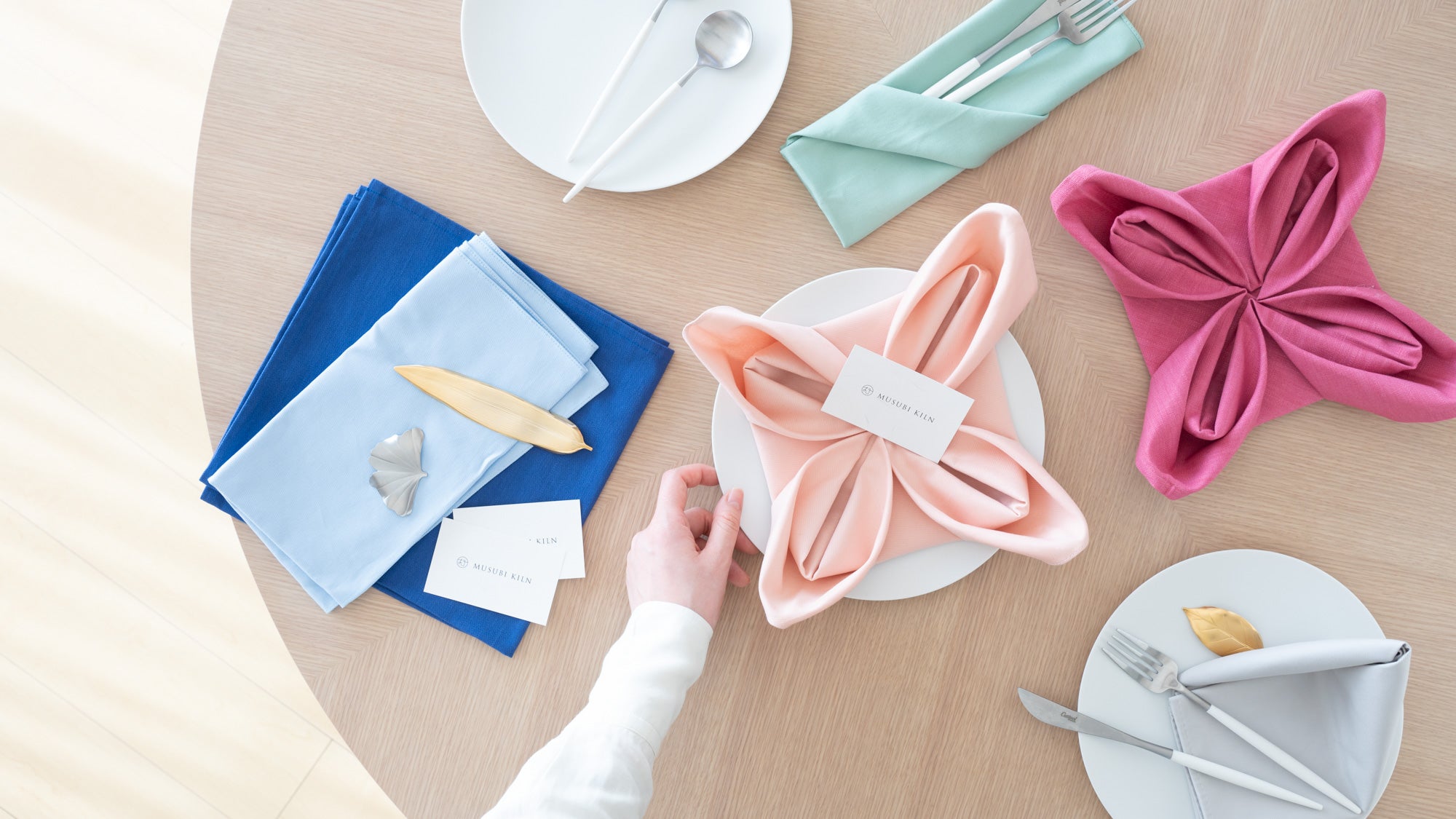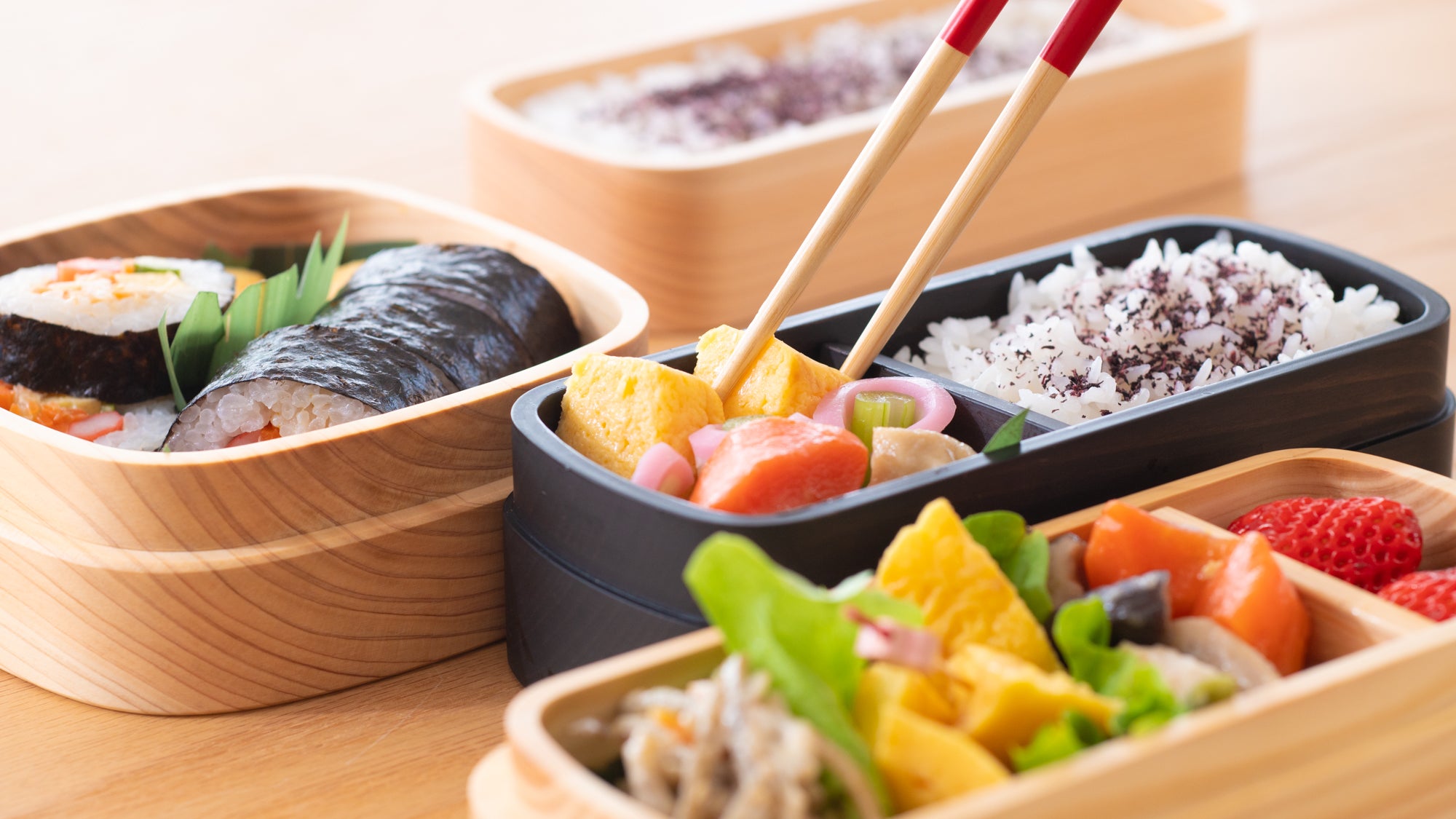2 March 2023
A MUSUBI KILN Review: Roji Associates Nambu Ironware Teapot

Nambu ironware is a type of Japanese cast iron product from Iwate Prefecture, known for its durability and heat-retaining properties. It is often used for making teapots, pots, and other kitchenware. While pieces can get pricey, Nambu ironware is often worth the investment as it lasts for many years.
We tried using the Nambu ironware teapot and teapot warmer from Roji Associates–a young Nambu ironware manufacturer located in Oshu City, Iwate Prefecture. This manufacturer produces vividly-colored and intricately-designed teapots–offering a unique, modern feel to a traditional handicraft.
Read further to learn more about our experience using Roji Associates' teapot at the office!
Contents
- Preparation
- Teatime
- Cleanup
Preparation

We were first impressed by the selection of colors and designs. Teapots come in shades from cherry blossom pink to vibrant green. Patterns include traditional "Arare" (hailstone)–a row of small, bumpy protrusions on the ironware's exterior that adds a three-dimensional effect, as well as butterfly and dragonfly designs. We settled on a beautiful pink teapot with a cherry blossom pattern.

Roji Associates Nambu ironware teapots have a round base and a handle that extends from the lid. The teapots can be used to make either hot or cold tea. Given the season, we decided to make some hot tea for ourselves and the other staff at the office. To avoid the tea from cooling down immediately, we first rinsed and warmed the teapot with hot water.
Upon carrying the teapot to the sink, we found that the teapot was heavier than expected. The handle was cool and smooth to the touch, and once we got used to the weight, it was easy to rinse. After a minute or two, both the interior and exterior had a pleasant warmth.
Teatime
After the teapot was nice and warm, it was time to choose our tea.
Roji Associates Nambu ironware teapots come with a fine mesh strainer–ensuring that tea leaves don't escape into the water.

We chose a simple green tea and followed the steeping instructions according to the package.
The teapot held a maximum of 650ml(22oz), which is suitable to make one to two cups of tea. We decided to use smaller Japanese "yunomi" (traditional Japanese teacups) that filled about three to four cups. Once our hot water was ready, we poured it into the teapot and found that the exterior of the teapot became warm almost immediately.
When it came time to pour, the lid was a little too hot to hold, so we covered it with a small towel. The upward curved spout made the tea flow effortlessly–enabling us to fill the cups without holding the heavy teapot up too high.

After everyone had their cup of tea, we placed the teapot on the three-footed teapot stand also made from Nambu ironware. The stand is heavy and has slightly jagged edges, so we were careful not to leave any marks on our kitchen counter. Placing a towel or cloth under the stand is another good option to prevent scratches on surfaces.

We required a few tries before getting the teapot to balance on the stand. A tip would be to place the base of the teapot so that it evenly balances on the three points on the stand.

A tealight candle holder goes under the stand, and the candle's flame gently warms the base of the teapot. Although we found the candle holder and stand to be more decorative than functional, the heat-retention properties of the teapot itself was enough to keep the remaining tea warm as we finished our cups.

Cleanup

A huge advantage to Roji Associates Nambu ironware teapots is how easy it is to clean! It can't be put in the dishwasher, but handwashing took mere minutes. We started off by throwing out the tea leaves and rinsing off the strainer. The small holes in the mesh prevented the leaves from getting stuck, and any remaining bits were easily rinsed off.

The enamel-coated inside of the teapot was just as easy to wash. After some gentle scrubbing with a sponge and rinsing with warm water, it gleamed squeaky clean.
Any of the droplets left inside as well as the exterior of the teapot were gently but thoroughly wiped. This process was easy as the inside of the teapot is enamel coated. Making sure that both the inside and outside of the teapot are dry is important to prevent it from rusting.
We were happy that the cleaning process was so efficient, especially since the teapot can be hard to hold for long periods of time.

Overall, making tea with Roji Associates' Nambu ironware teapot was a pleasurable experience. Both the teapot and warmer are a beautiful blend of traditional handiwork and modern kitchenware. Even when it is not being used, placing the teapot on the tea warmer allows you to display it as a decorative piece. It truly is a gem that will last a lifetime!
View Roji Associates Nambu Ironware Items











